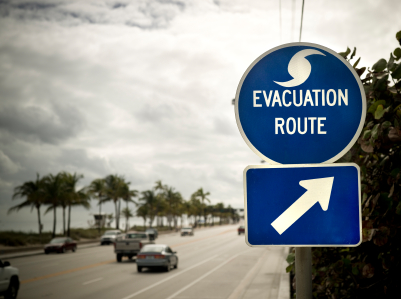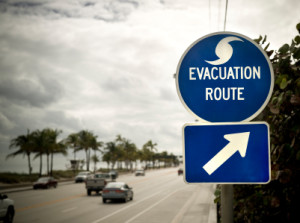The post-tropical cyclone known as Sandy struck the Atlantic coastline near New Jersey on October 29, 2012, which was almost two years ago. Sandy was not only a national disaster but also an insurance disaster as it wrecked havoc along the Atlantic coastline.
Hurricane Sandy caused $18.75 billion in property loses, excluding flood insurance claims covered by the federal flood insurance program, making Sandy the third most costly U.S. natural catastrophe, according to ISO’s Property Claim Services (PCS).
The most costly hurricane in the U.S. was Katrina in 2005 that cost approximately $49 billion in insured losses and followed by Andrew in 1992 that cost approximately $25.7 billion in insured loses.
At about $9.65 billion and $6.30 respectively, New York and New Jersey suffered the largest losses from Sandy. Some 1.58 million claims were filed across a total of 15 states and in the District of Columbia.
In order to get a better picture of the impact Sandy has on the insurance industry, the Insurance Information Institute broke down all of the insurance claims into separate categories and analyzed them.
Their findings showed that personal claims from Sandy – 1,129,000 versus 193,000 for commercial claims – insured loses were greater among commercial policyholders (e.g., business interruption) at $89.0 billion versus $7.1 billion for personal claims (e.g., property damage, additional living expenses). Auto claims accounted for $2.7 billion in losses.
Since natural catastrophes can occur at any time, it is important to have a well thought-out evacuation plan in case something were to happen.
In the case of an emergency, you may only have a couple minutes to gather your family, pets, any important documents and items of significant importance before evacuating, possibly for good.
The first step is to plan out your evacuation ahead of time, which means identifying where you can go in the event of an evacuation, map out your route to get there, create a meeting spot in case family members get separated and create a list of emergency contact phone numbers.
The next step involves carrying out a home inventory of all of your personal possessions so you can purchase the accurate amount of insurance coverage to cover lost damages.
Doing this ahead of time will speed up the claims process and substantiate losses for income tax purposes. The I.I.I. offers a free service called Know Your Stuff, which can make the inventory process run smoothly and efficiently.
Once you have taken an inventory of all your possessions, it’s time to prioritize what you absolutely need to take, what you want to take if you have extra time and what you can leave behind.
By ranking your belongs, you will be able to evacuate as quickly as possible.
Items you absolutely need to take should include insurance policies, birth and marriage certificates, all forms of identification, banking information, first aid kit, bottled water, pet food, specialty items for infants or elderly or disabled family members and non-perishable food.
Lastly, take the 10-minute challenge and practice your evacuation plan with your family members as practice makes perfect.













